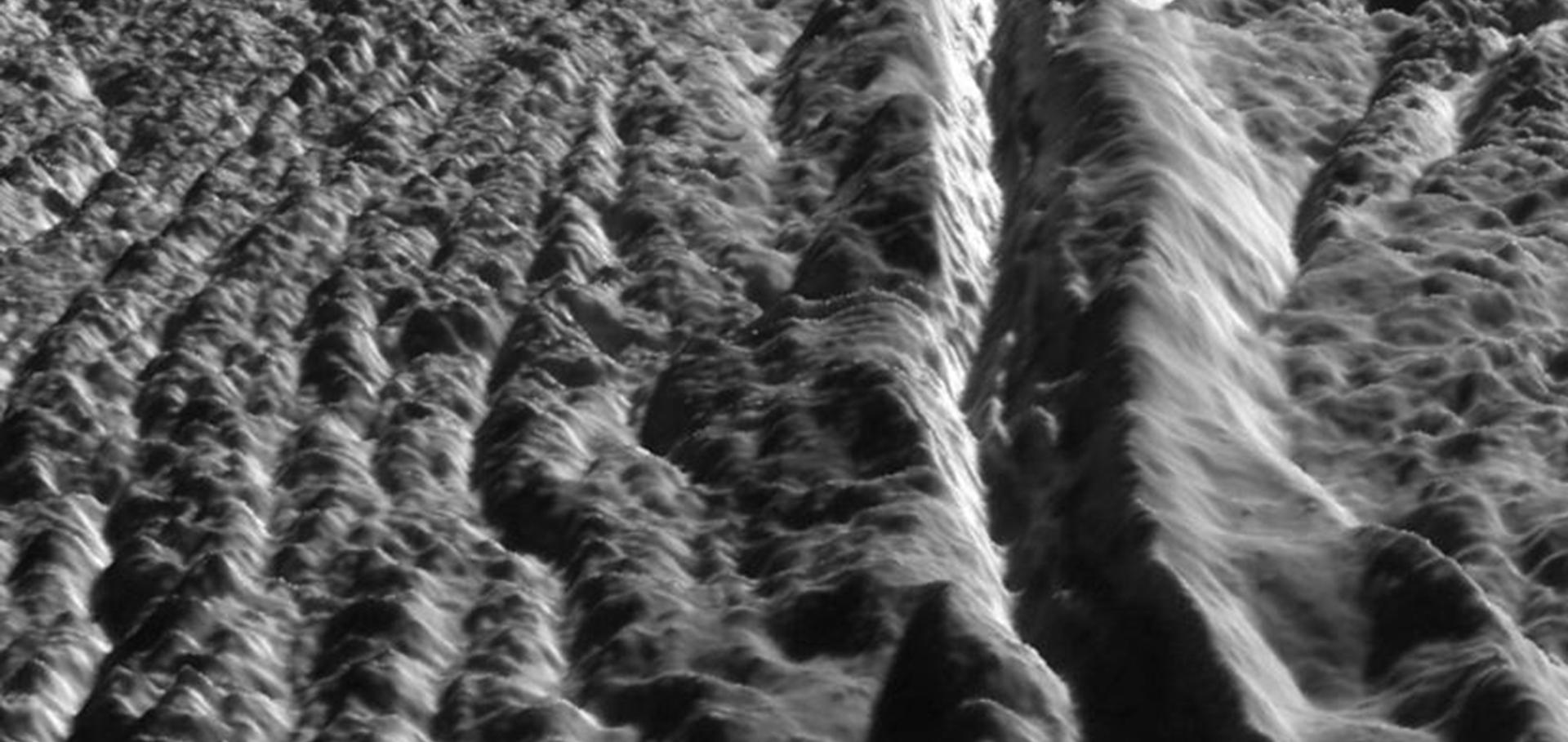The near-surface electron radiation environment of Saturn's moon Mimas
Icarus Elsevier 286 (2017) 56-68
Thermally anomalous features in the subsurface of Enceladus’s south polar terrain
Nature Astronomy Springer Nature 1:4 (2017) 0063
The formation of Charon’s red poles from seasonally cold-trapped volatiles
Nature Springer Nature 539:7627 (2016) 65-68
Charon's light curves, as observed by New Horizons’ Ralph color camera (MVIC) on approach to the Pluto system
Icarus Elsevier 287 (2016) 152-160
Abstract:
Light curves produced from color observations taken during New Horizons’ approach to the Pluto-system by its Multi-spectral Visible Imaging Camera (MVIC, part of the Ralph instrument) are analyzed. Fifty seven observations were analyzed, they were obtained between 9th April and 3rd July 2015, at a phase angle of 14.5° to 15.1°, sub-observer latitude of 51.2 °N to 51.5 °N, and a sub-solar latitude of 41.2°N. MVIC has four color channels; all are discussed for completeness but only two were found to produce reliable light curves: Blue (400–550 nm) and Red (540–700 nm). The other two channels, Near Infrared (780–975 nm) and Methane-Band (860–910 nm), were found to be potentially erroneous and too noisy respectively. The Blue and Red light curves show that Charon's surface is neutral in color, but slightly brighter on its Pluto-facing hemisphere. This is consistent with previous studies made with the Johnson B and V bands, which are at shorter wavelengths than that of the MVIC Blue and Red channel respectively.Pluto's global surface composition through pixel-by-pixel Hapke modeling of New Horizons Ralph/LEISA data
(2016)

